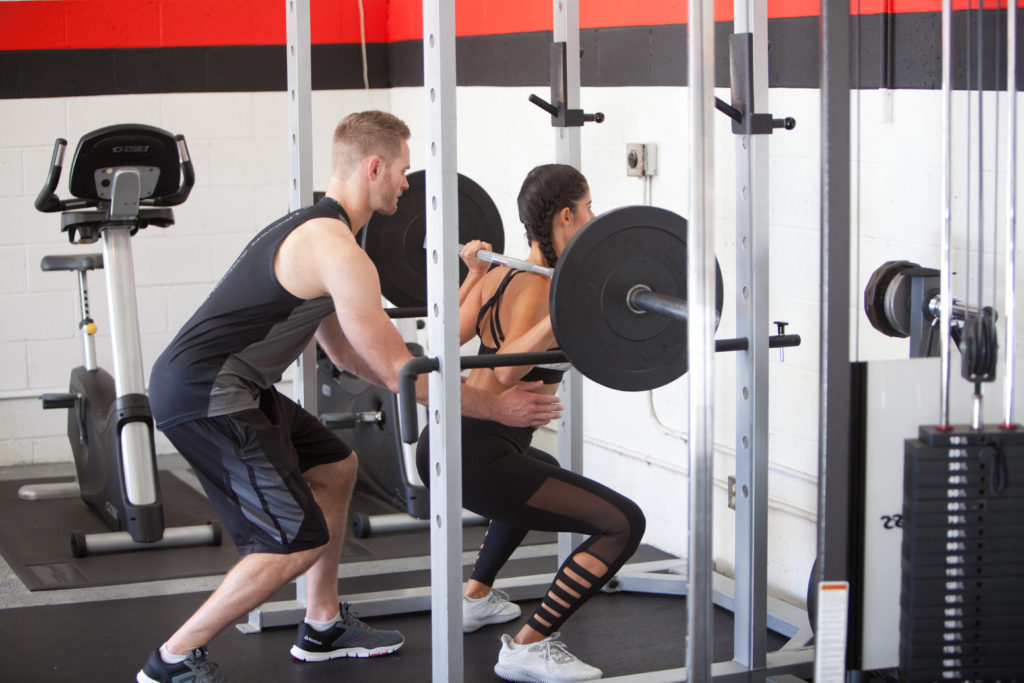Do I need to lift heavy weights to build muscle?
Answer: No, lifting heavy weights is not the only way to build muscle. Muscle growth, or hypertrophy, can also be achieved with lighter weights and higher repetitions, as long as you’re working the muscles to fatigue. The key is progressive overload, which means gradually increasing the amount of stress you place on your muscles. This can be done by increasing weight, repetitions, or even reducing rest times.

When it comes to building muscle, there’s a common misconception that lifting heavy weights is the only path to success. The image of a bodybuilder hoisting enormous dumbbells is often associated with muscle growth, leading many to believe that heavy lifting is a must. But is this really the case? The answer might surprise you.
The Truth About Muscle Growth
Muscle growth, also known as hypertrophy, occurs when your muscles are subjected to stress that they’re not accustomed to. This stress causes tiny tears in the muscle fibers, which then repair and grow stronger during recovery. While lifting heavy weights is one way to create this stress, it’s certainly not the only method.
Lifting Lighter Weights for Muscle Growth
Recent research has shown that you can build muscle effectively with lighter weights as long as you’re pushing your muscles to fatigue. Fatigue is the point at which your muscles can no longer complete another repetition with good form. By reaching this point, you’re ensuring that your muscles are working hard enough to stimulate growth.
Here’s how you can build muscle with lighter weights:
- Higher Repetitions: Instead of lifting heavy weights for fewer reps, you can lift lighter weights for more repetitions. Aim for sets of 12-20 reps, making sure that the last few reps are challenging and bring you close to fatigue. The key is to ensure that by the end of your set, your muscles are thoroughly worked.
- Progressive Overload: Progressive overload is the principle of gradually increasing the amount of stress you place on your muscles. This can be achieved in several ways:
- Increasing Weight: Even with lighter weights, you should aim to gradually increase the amount of weight you’re lifting over time.
- Increasing Repetitions: As you get stronger, add more repetitions to your sets.
- Reducing Rest Time: Decreasing the rest time between sets forces your muscles to work harder and helps maintain the intensity of your workout.
- Time Under Tension: Another effective strategy for building muscle with lighter weights is to increase the time under tension (TUT). This means slowing down the movement of your exercises to make your muscles work harder for longer periods. For example, instead of rushing through bicep curls, try lifting the weight slowly and lowering it even more slowly, making each rep last longer.
Benefits of Lifting Lighter Weights
While lifting heavy weights has its advantages, lifting lighter weights with higher reps offers several benefits:
- Reduced Risk of Injury: Lighter weights are generally safer for your joints and tendons, especially if you’re new to strength training or recovering from an injury.
- Improved Form: With lighter weights, you can focus more on your form, ensuring that you’re performing each exercise correctly and effectively. Good form is crucial for preventing injuries and maximizing muscle activation.
- Versatility: You don’t need access to heavy gym equipment to get a good workout. Lighter weights or even bodyweight exercises can be done almost anywhere, making it easier to stay consistent with your training.
When Heavy Lifting Might Be Necessary
While lighter weights can be effective for muscle growth, there are scenarios where lifting heavier weights might be more beneficial:
- Strength Goals: If your primary goal is to increase strength, rather than muscle size, heavier weights are typically more effective. Strength training usually involves lifting weights that are around 80-90% of your one-rep max for 3-6 reps.
- Advanced Lifters: As you progress in your fitness journey, you may find that your muscles require more stress to continue growing. In this case, incorporating heavier weights can help break through plateaus and continue making gains.
Find What Works for You
The bottom line is that you don’t need to lift heavy weights to build muscle. Muscle growth can be achieved through a variety of methods, including lifting lighter weights for higher repetitions, as long as you’re pushing your muscles to fatigue. The key is to follow the principle of progressive overload, ensuring that your workouts continue to challenge your muscles over time.
Whether you prefer lighter weights or heavier ones, the most important thing is to find a routine that you enjoy and can stick with consistently. By focusing on form, listening to your body, and gradually increasing the challenge, you’ll be well on your way to achieving your muscle-building goals.
